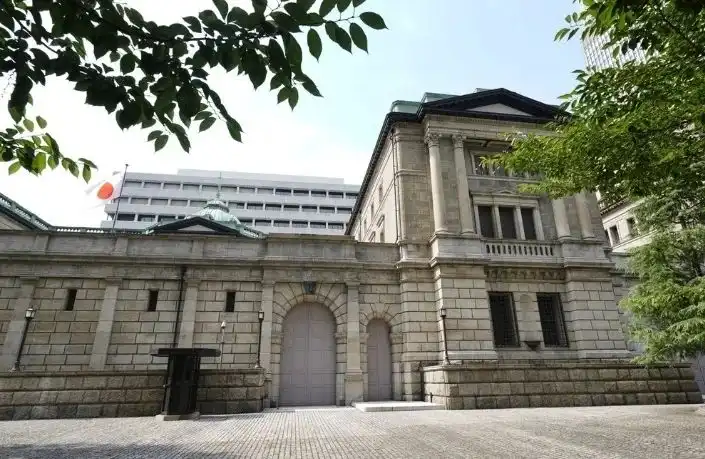The Bank of Japan raised interest rates for the first time in 17 years, ending the era of negative interest rates
The Bank of Japan decided to end its negative interest rate policy and raise interest rates for the first time in 17 years.
On March 19, the Bank of Japan decided to end its negative interest rate policy and increase short-term interest rates from the original-0.1% to the 0% to 0.1% range. This will be the first time the Bank of Japan has raised interest rates in 17 years since February 2007.
 ▲ 日本央行总部(资料图)
▲ 日本央行总部(资料图)
On the same day, Bank of Japan Governor Kazuo Ueda proposed a proposal to end the negative interest rate policy and other measures to transform large-scale financial easing at the monetary policy meeting. In addition, the bill also includes ending the "yield curve control" strategy of controlling short-term and long-term interest rates, and stopping the purchase of listed investment funds (ETFs). Japanese media analysts believe that this marks the end of Japan's unconventional financial policy that has lasted for many years and an important step towards policy normalization.
Regarding this decision, the Bank of Japan will soon announce the details and arrange for Kazuo Ueda to hold a press conference on the afternoon of March 19 to further explain.
Japan began to implement a negative interest rate policy in February 2016, when the Bank of Japan lowered the interest rate on excess reserve deposits of commercial banks from the previous 0.1% to-0.1%. The Bank of Japan is the first central bank in the world to implement a negative interest rate policy. The Bank of Japan is trying to use this unconventional monetary policy tool to stimulate economic growth and increase inflation.
